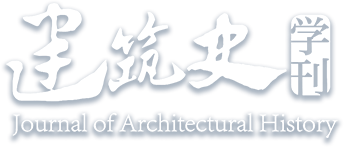Abstract:
The city of Harbin stands as a testament to modernity and industrial emergence, with the construction of the China Eastern Railway in the early 20th century as a catalyst. After just a century, from the inception of the Eastern Railway’s planned construction in 1896 to the relocation of factories north after the founding of the People’s Republic of China, and the implementation of some of the 156 key Soviet-aided projects in Harbin, the city’s urban development has been profoundly influenced. It is undeniable that the construction of Harbin is intricately linked to its industrial growth. This paper delves into the industrial heritage of Harbin and its neighboring counties and cities, excavating the characteristics of the heritage’s spatial and temporal distribution pattern. It further elucidates the current state of preservation, synthesizing this information to derive a comprehensive value score for the selected industrial heritage sites in Harbin and classifying them accordingly. Ultimately, based on these insights, the paper summarizes measures and recommendations for the preservation of Harbin’s industrial heritage, guaranteeing that the rich historical and cultural legacy be preserved for future generations.


 下载:
下载: